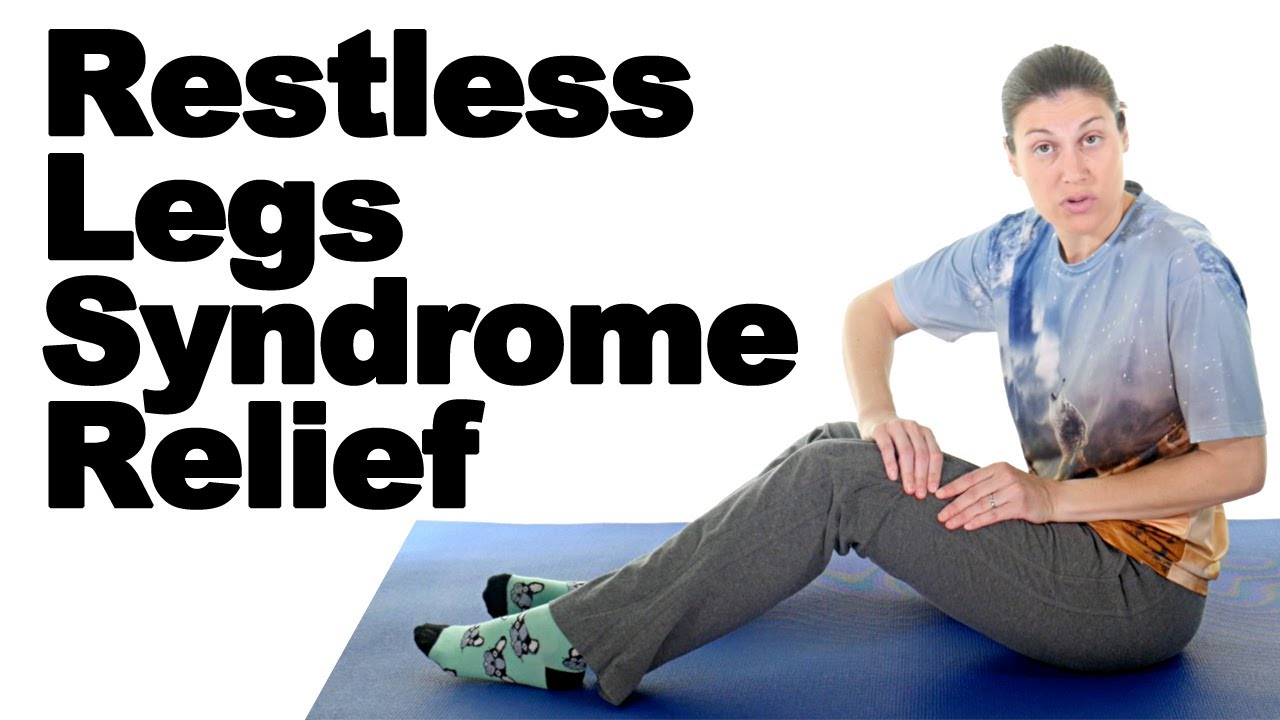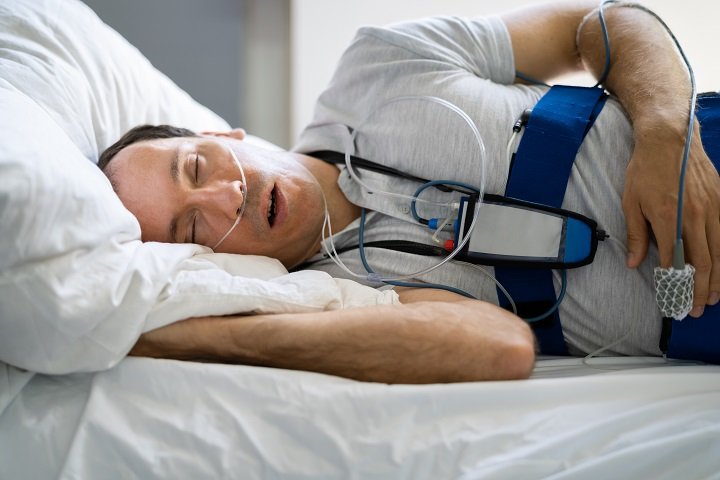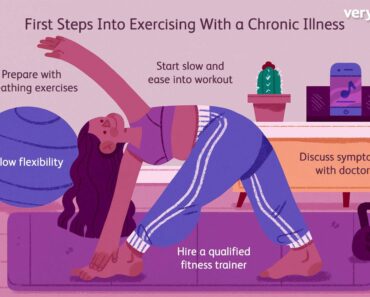
If you are looking for a treatment for heavy leg syndrome, you’ve come to the right place. The condition, sometimes known as venous insufficiency, is the result of poor circulation in the lower limbs. When this happens, blood begins to pool in the legs. In the worst cases, it can even cause swelling or edema. In many cases, you can prevent the condition by implementing simple lifestyle changes.
To start, it’s important to get some diagnosis. Heavy leg syndrome is a common symptom of restless legs, which is often related to fibromyalgia, a disorder that causes chronic muscle pain and fatigue. However, everyone has heavy legs from time to time. If the problem lasts longer than a few hours, visit your doctor. He or she will ask you about your symptoms and perform various tests to determine the exact cause. A doctor may recommend certain treatments for your condition, based on the results of these tests.
A vein-related problem called venous insufficiency can lead to heavy legs. Veins in the legs normally close to prevent backflow of blood into the legs. When these valves no longer function properly, blood can pool in the legs, causing swelling and pain. Spider veins are often the first sign of a vein problem. They’re also a sign of venous insufficiency. Without treatment, this condition can lead to varicose veins, thrombosis, and other complications.
Treatment for heavy leg syndrome depends on the cause. It may be caused by a vascular disease. These disorders affect the capillaries, arteries, and veins in the legs. Your doctor may recommend a certain medication or therapy, or perform an ultrasound to diagnose the condition. If your symptoms persist, your doctor will prescribe the right treatment for you, including diet, physical activity, compression devices, and management of underlying conditions. If you’re a smoker, you should consult your doctor as soon as possible.
The causes of venous insufficiency are often genetic. If either parent suffered from this condition, the chances are even higher. Pregnancy also increases the risk of venous insufficiency, as progesterone floods the body and weakens the vein walls. A drug-free solution is medical compression, which can help improve circulation in the legs and return blood to the heart. This is an easy and inexpensive solution.
A change in lifestyle is one of the best treatments for heavy legs. Changing your diet and exercise habits are two simple ways to improve circulation and control weight. Drinking lukewarm water every day, as opposed to cooling water, helps dilate blood vessels and improve circulation. In addition, reducing salt and processed foods is also beneficial to the health of your legs. It’s also a good idea to avoid smoking and avoid wearing high heels as they restrict blood circulation in the legs.
While heavy leg syndrome is not a common problem, some people are more prone to developing it. Genetics, age, pregnancy, obesity, heart problems, and sedentary lifestyle are all known risk factors. However, a healthy lifestyle is one of the most important things you can do to improve your chances of avoiding the condition. Physical activity helps your breathing movements and increases blood circulation. If you do suffer from heavy leg syndrome, consult with your doctor.
While some people do not experience any symptoms, they may be affected by venous disease and may require treatment. In this case, a doctor will prescribe medications to lower the blood pressure and cholesterol levels in the legs. If untreated heavy leg syndrome may affect your ability to walk or run normally. Symptomatic relief from heavy legs may be found with a range of lifestyle changes. These can include reducing salt intake, increasing physical activity, and quitting smoking.
As a result of the poor circulation, heavy leg syndrome can occur in many people. Overweight women are at an increased risk of suffering from this condition because they place greater pressure on their legs and substantially slow the blood’s return to the heart. It is also possible for hormonal factors to play a role. There are a variety of treatments for heavy leg syndrome, including shamrock therapy, acupuncture, and a few more.
Another treatment for heavy leg syndrome is a natural remedy. You can take a tablet made from horse chestnuts or apply a gel to your legs. This herbal remedy can reduce swelling and improve circulation in the legs. A healthy diet is another excellent way to prevent heavy leg syndrome. Vitamins and minerals can help your body fight off harmful substances and promote proper circulation. By reducing salt and sugar, you will be able to achieve relief from heavy leg syndrome.





